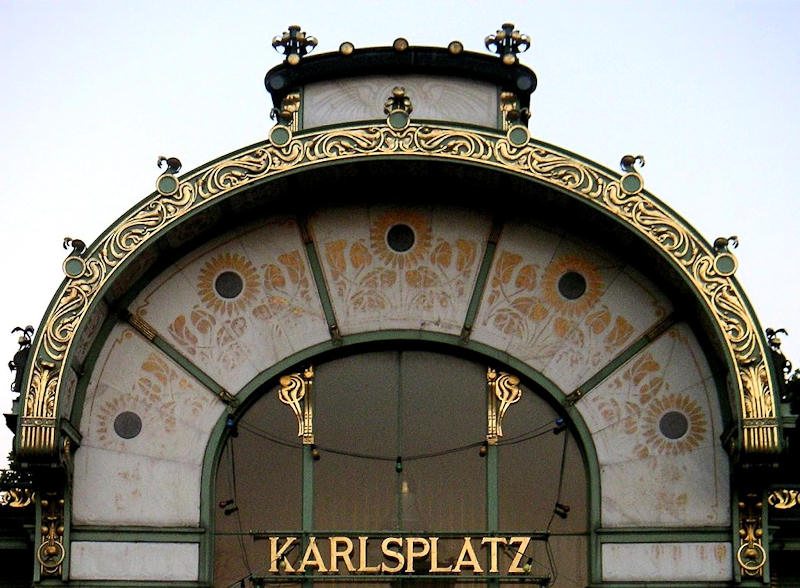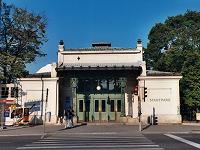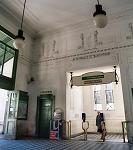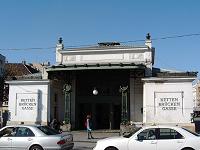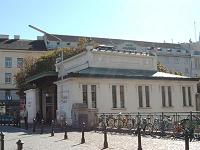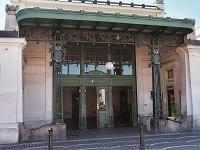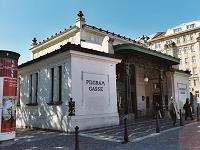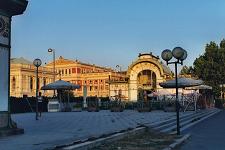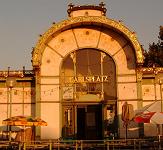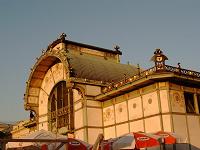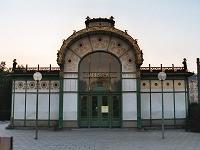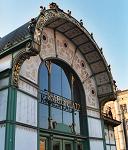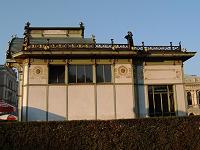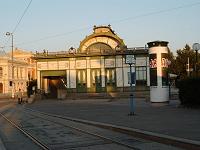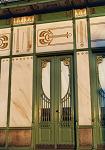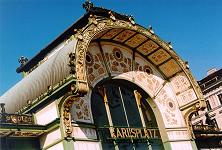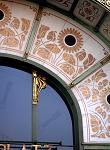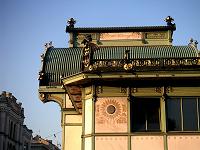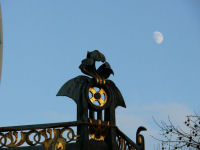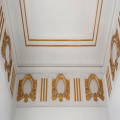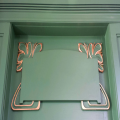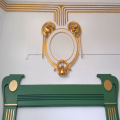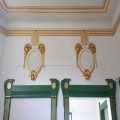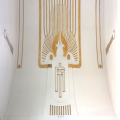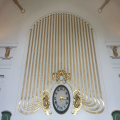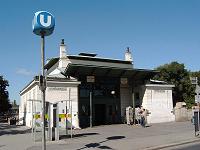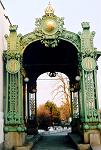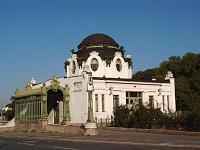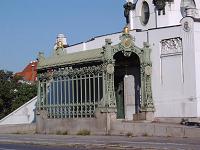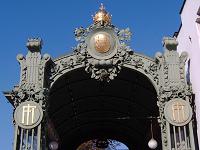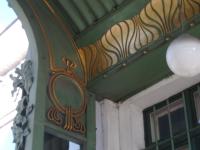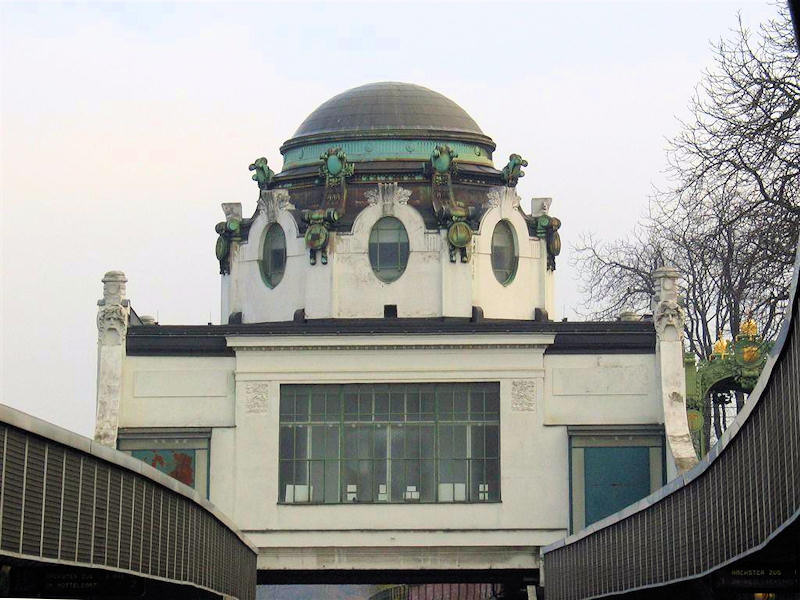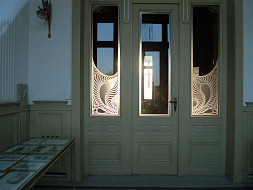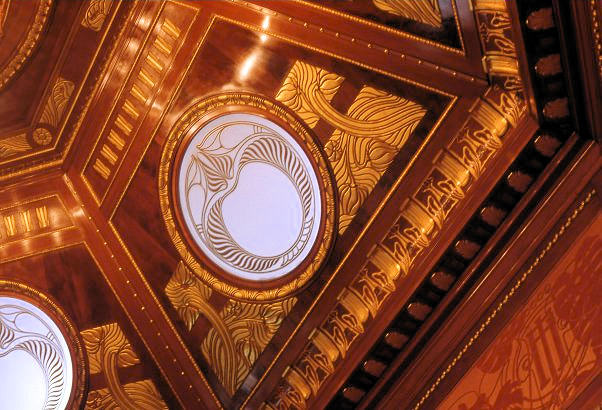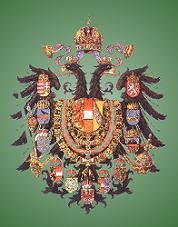The Belle Epoque in Europe
Austria
Vienna: Otto Wagner (1841-1918) III
Stations of the Stadtbahn (Metropolitan Railway, 1894-1901)
Within the rather short period of seven years, Otto Wagner planned, designed and built with more than seventy colleagues the Vienna Metropolitan
Railway. The result of it was a network of about 80 kilometres, fourty stations, fifteen bridges and viaducts for four underground lines. After the
two urban extensions, Vienna had more than a million inhabitants; one of the first consequences in the urban renewal had been the Ring (perimeter road)
during the sixties. Now, besides the roads, public transports for the masses were necessary in order to create especially communication ways between the
inner city and the former and new suburbs but without separating them from each other which Otto Wagner realized in a brilliant manner. The public
transports of Vienna are still exemplary even today.
The Metropolitan was partly built on the surface, partly underneath. The style of the stations underneath resembles a hall spanning over the rails like
a bridge. The stations you see here are typical with their plain cube shape, their geometric and floral, rather modest ornamentation and their decorative
canopy made of glass and iron. It is possible that Wagner chose the Vienna town gates as an example for these stations.
Karlsplatz
The Karlsplatz station is a particular one as well as the pavilion for the members of the imperial family in Hietzing next to the Schönbrunn palace. Both pavilions on the Karlsplatz are a preferred photographic subject of Vienna visitors which is not astonishing because of their extraordinary beauty and because they are remarkable examples of Art Nouveau even if it is not the typical Vienna Jugendstil. Otto Wagner, on one hand, had to show consideration of the Saint Charles Church (a baroque horribleness, if you'd excuse me) in order not to block up the free sight of it; on the other hand, it seems that the Exposition Hall of the Secession has had some positive influence. "The two pavilions on the Karlsplatz, in their way, are masterpieces. In order not to disturb the sight to the Karlskirche, the architecte made them as small as it was agreed to. Graceful, light structures, of white and bright marble, of iron and decorated with the green of the Secession." (Ludwig Hevesi, Eight Years of Secession, Vienna 1906)
Schönbrunn/Hietzing: Court Pavilion
Like the two Karlsplatz pavilions, the Court Pavilion is of course unusual, too. The exterior shape seems to imitate some sort of baroque hunting temple but the material (iron), the decoration (the sacred and pure white and the gold) and the colours ("the green of the Secession") rather remind one of the other metropolitan stations.
